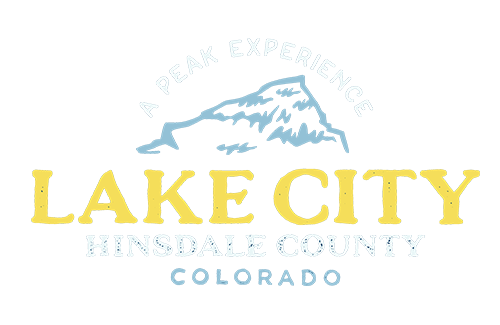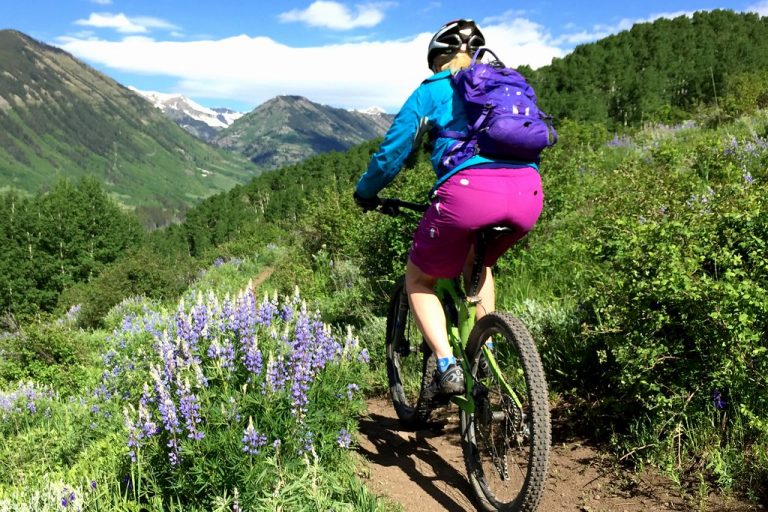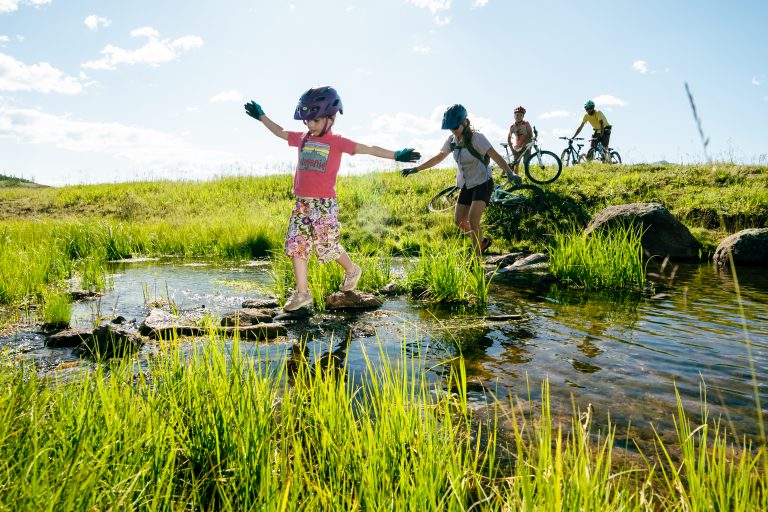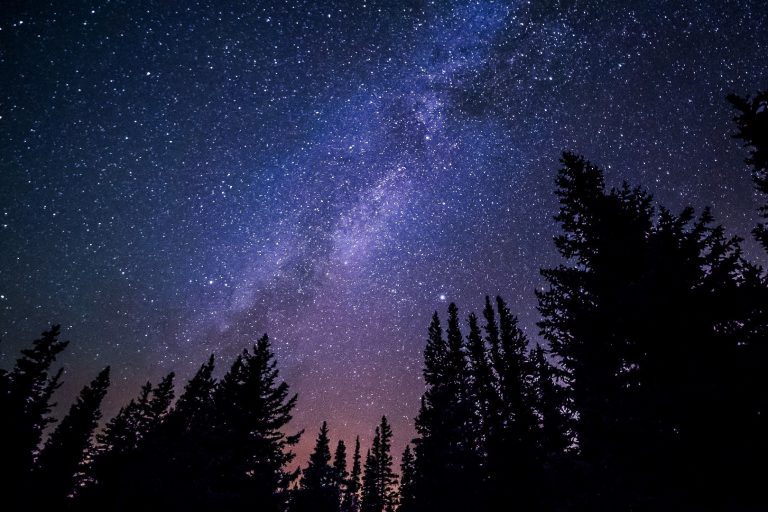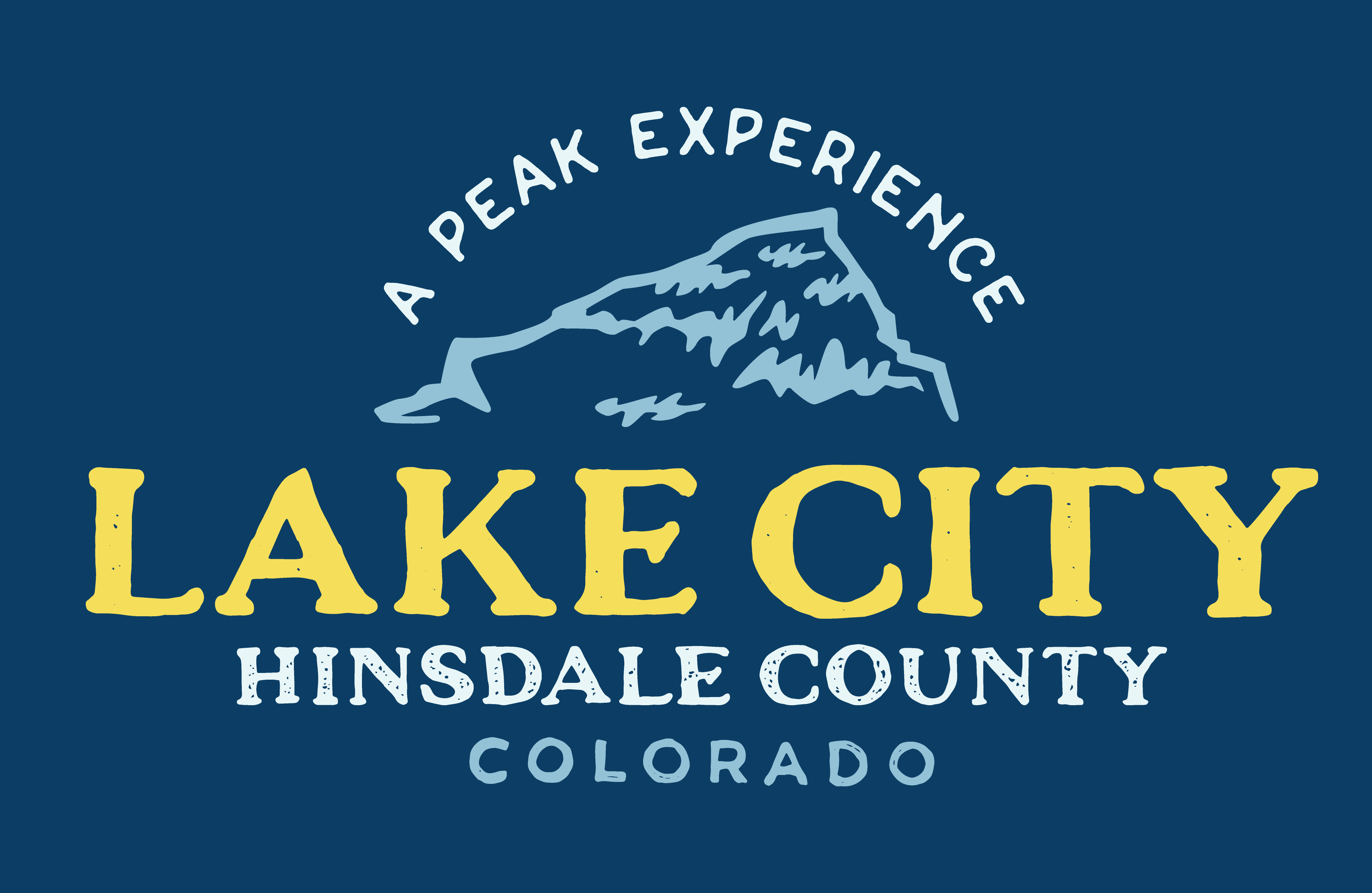Useful Information
Discover the endless possibilities of Lorem Ipsum!
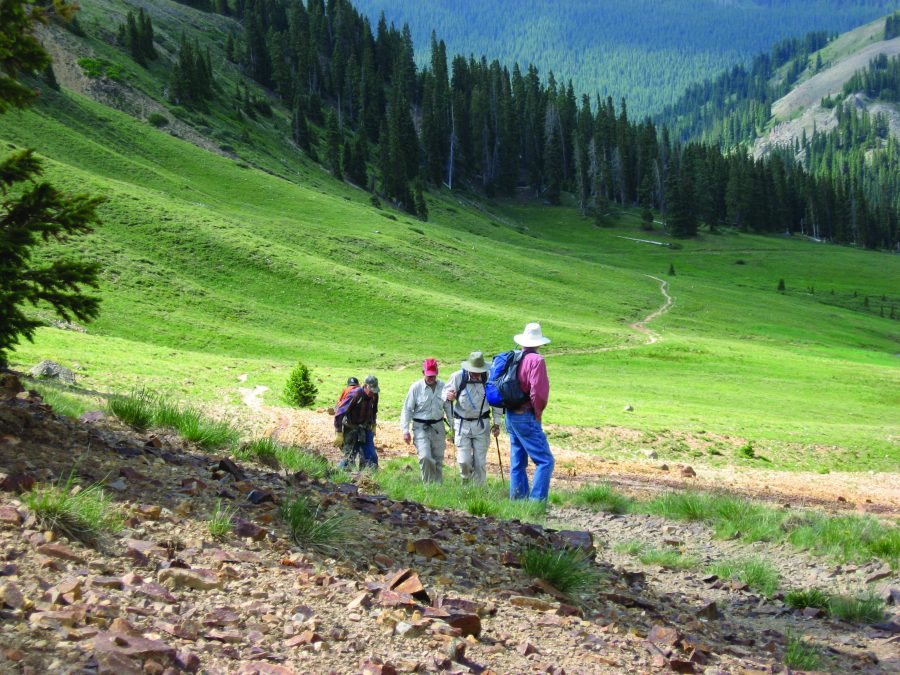
Useful Information
Help Keep Bears Wild
Get in the habit of being bear-responsible. It’s like recycling — at first it’s a little extra effort, but soon it becomes a better way to live. And you can be proud you’re helping to make Colorado a better place for people and bears.
- Don’t feed bears, and don’t put out food for other wildlife that attracts bears.
- Be responsible about trash and bird feeders.
- Burn food off barbeque grills and clean after each use.
- Keep all bear-accessible windows and doors closed and locked, including home, garage and vehicle doors.
- Don’t leave food, trash, coolers, air fresheners or anything that smells in your vehicle.?
- Pick fruit before it ripens, and clean up fallen fruit.
- Talk to your neighbors about doing their part to be bear-responsible.
- If You See a Bear ?
- If a bear comes near your home, do your best to chase it away. Yell, blow a whistle, clap your hands, and make other loud noises. But never approach or corner a bear.
Learn more about bears at Colorado Parks & Wildlife.
Use Vehicles Responsibly
Each area has rules that govern vehicle use. Learn and follow these rules for each area you visit. Stay on designated or existing routes and out of closed areas. Limit your driving in wet conditions to avoid road damage.
Leave No Trace
Remove all evidence of your visit so others will find these areas as beautiful as you do. Take care of public facilities. Leave wildflowers and other natural objects for others to enjoy. Do not deface or dismantle historic or archaeological sites.
Respect Other Visitors
You share these lands with many others; make sure your fun is not ruining the experience for others around you. Minimize noise, keep pets under control, and drive safely on narrow roads and trails.
Keep Wildlife Wild
Careless visitors can unknowingly disturb the many species of wildlife present on public lands. Do not feed the animals. Enjoy them from a distance. Move quietly through the woods, especially in stream-side areas.
Respect Private Property
It is your responsibility to know where you are. Be sure you have legal access to the places you want to enjoy.
Have a Safe Trip
Changing weather and difficult terrain can pose hazards to the unprepared visitor. Be sure someone knows where you are going and when you plan to return. Be ready for changing conditions and stay within your capabilities.
Weather
We enjoy over 300 days of sunshine every year and a cool, dry climate. Summer daytime highs are typically in the 70s or low 80s F. Lows in the summer are in the 40s or upper 30s F. A jacket and/or sweater is recommended for your visit during the summer. A typical winter day may have high temperatures in the upper teens to low 30s, with lows at night from 10 to 30 degrees below zero Fahrenheit.
- Conditions can change quickly in the mountains, so be prepared for anything.
- As a general rule, temperatures are much lower at higher elevations in the surrounding mountains.
Lightning
Thunderstorms are typical daily occurrences during the summer, especially during July and August. Locally, we refer to this as the “monsoon” or rainy season. Stay off of ridges and away from open ground to avoid lightning strikes. Longer hikes are best started very early in the morning so that you can be down off the mountain when the lightning starts.
The Sun
It is essential to wear eye protection, a hat, and sunscreen when outdoors. The sun is many times more intense here than at sea level. In the winter, when there is a reflective layer of snow on the ground, the sun can be devastating to your skin and eyes, resulting in blisters or sun blindness, which really hurts!
Less extreme cases of burning can occur when you wear your goggles or sunglasses but forget the sunscreen: you look like a red raccoon for days afterwards. Some of us know this firsthand. The red sunburn masks your embarrassment, but that’s not much comfort.
Protect yourself, and don’t forget to protect children and pets from the sun as well. Sometimes, we have seen children at the Lake City Ski Hill without sunglasses or goggles, while Mom or Dad is fully protected. Don’t be a bad parent. Sunglasses and sunscreen for kids are a must. If your dog will be outside in the snow at this altitude a lot, there are sunglasses for dogs as well (one brand is called “Doggles,” which you can find online).
What to Wear
In some ways, Lake City residents may be more concerned about their clothes than others, but not for vain reasons! Adjusting your wardrobe to the Lake City climate could be an issue of life or death, or 99% of the time, simply a matter of your comfort. Either way, you will want to dress appropriately for the conditions.
A good basic rule to remember: always plan for fast-changing conditions. Some very smart folks around here carry winter-worthy clothes with them on outings and in their cars year round. This is especially relevant when taking excursions to the wilderness and when traveling out of town during the off-seasons when there is sparse traffic on the highways. Remember the lucky college students who went off the road on top of Slumgullion Pass in February: they were wearing sandals and had no coats when the sheriff, by chance, drove by and saved them from getting frozen.
Several stores in Lake City sell quality winter clothing; try the Sportsman Outdoors and Fly Shop, or the General Store. These items are also available from many catalogs or web merchants if you can’t find them here.
Some wardrobe guidelines:
- Dress in layers that can be added or removed as needed.
- Don’t wear cotton if you’re working or playing outside. Synthetic fleeces and wool hold body heat even when wet or damp. Wet cotton can quickly lead to hypothermia in the outdoors. The easy way to remember this: “cotton kills.”
- Keep a down parka or jacket with you on outings. Check the warmth ratings on it before purchase. A good winter coat will have a 600 or 650 fill of down, or more.
- Keep good insulated shoes or winter boots with you on outings and/or in your car. Winter boots are often temperature-rated by the vendor; some are rated to -40 F or colder.
- In the winter, consider wearing a pair of traction add-ons that slip over shoes or boots if you will be walking around outside. Items such as Yak-trax, Kahtoulas, or other cleats slip over your shoes or boots and give better traction on ice and snow.
- Socks are your new friends. No cotton! Try merino wool blends. They cost $10 to $20 per pair, but they are one of the most important things to own, and they should last many seasons. Cold feet = a cold you, even if you are wearing a warm coat and hat.
- A winter hat protects your noodle from rapid heat loss. There are many types of winter hats, including ones that fit under your helmet, have wind-blocking fleece, open on top for ventilation, cover just your ears, cover your head and face, or do any number of fabulous things.
- A summer hat should have a wide brim that shades your face and neck, plus a drawstring for the inevitable windy day. How many hats have been claimed by the winds of Engineer Pass? The world may never know.
- Always wear sunglasses or goggles with full UV protection (see “sun protection” listing above).
- Wear sunscreen.
Altitude
Gains in altitude can affect anyone, especially when traveling above 7000 feet. Sometimes, the effects can include: headaches, breathlessness, fatigue, nausea or vomiting, inability to sleep, and swelling of the hands, face, or feet. Some ways to reduce your symptoms: avoid strenuous activity for the first day or two of your visit, drink extra water, and avoid alcohol. Check with your doctor before going to high altitude if you have a heart or lung condition. If your symptoms worsen go to lower elevation and consult a doctor immediately.
Driving Slumgullion Pass
A common problem for drivers coming over Slumgullion Pass is overheating brakes. To avoid this problem, use a lower gear. After reaching the summit of Slumgullion Pass heading towards Lake City, start out going slow downhill. If the car starts gaining too much speed, simply shift into the next lowest gear, repeating this process as often as necessary. Contrary to popular belief, this practice will not hurt a transmission. For those with standard transmission cars, remember that the gear used going uphill is likely the same gear that will be used going downhill. A general tip for everyone is to not rush going over Slumgullion. Take it slow and enjoy the drive.
Avalanche Conditions
If you are heading out into the back country for snowshoeing, snowmobiling, or skiing, check the conditions at the Colorado Avalanche Information Center, where you’ll find an interactive conditions map and detailed reports.
You and Your Car
As a general rule, don’t leave your car if you break down or get stuck during a snow storm. The car is your only shelter, and it can save your life. Someone will find you eventually, so stay put. The Colorado Division of Emergency Management advises that you keep these items in your car at all times:
- a battery powered radio (with fresh batteries)
- flashlight and extra batteries
- blanket (better yet, a sleeping bag rated to 40 below zero F)
- jumper cables
- fire extinguisher (5 lb. A-B-C- type)
- first aid kit
- bottled water
- non-perishable high energy foods like granola bars, raisins and peanut butter. (Please note that you should not leave any food in your car except in the winter, because a bear could break into your car for the food and wreak havoc).
- shovel
They also advise that if you get stuck during a blizzard, you do the following:
- Pull off the road, set hazard lights to flashing, and hang a distress flag (red bandana or shop towel) from the radio antenna or window.
- Remain in your vehicle; rescuers are most likely to find you there.
- Conserve fuel, but run the engine and heater about ten minutes each hour to keep warm, cracking a downwind window slightly to prevent carbon monoxide poisoning. Exercise to maintain body heat but don’t over-exert. Huddle with other passengers and use your coat for a blanket (better yet, use that sleeping bag that you kept in your car).
- In extreme cold, use road maps, seat covers, floor mats, newspapers or extra clothing for covering-anything to provide additional insulation and warmth.
- Turn on the inside dome light so rescue teams can see you at night, but be careful not to run the battery down. In remote areas, spread a large cloth over the snow to attract the attention of rescue planes.
- Do not set out on foot unless you see a building close by where you know you can take shelter.
- Once the blizzard is over, you may need to leave the car and proceed on foot. Follow the road if possible. If you need to walk across open country, use distant points as landmarks to help maintain your sense of direction.
None of that sounds like much fun. It’s a much better idea to stay at home near the fire until the storm passes and the roads are cleared. See next item:
Road Conditions
For current road conditions, call the CDOT hotline at 877-315-7623 or visit www.cotrip.org. Even if a pass is open but has a chain requirement for commercial vehicles, you may want to wait. I was once driving on a pass which was simply listed as “packed snow, icy spots”–at least 6 vehicles had slid off the road, one over a cliff!
